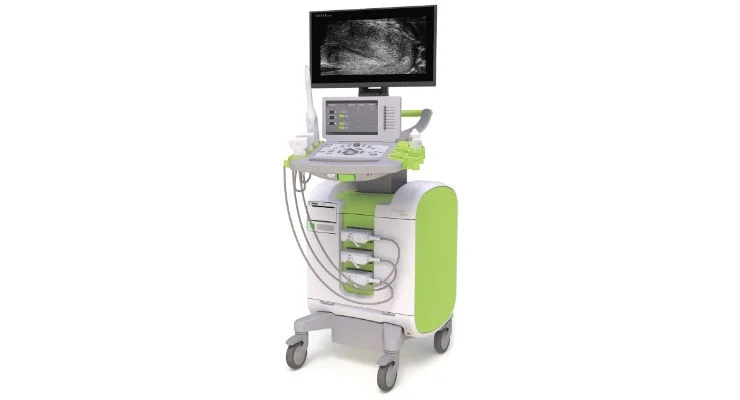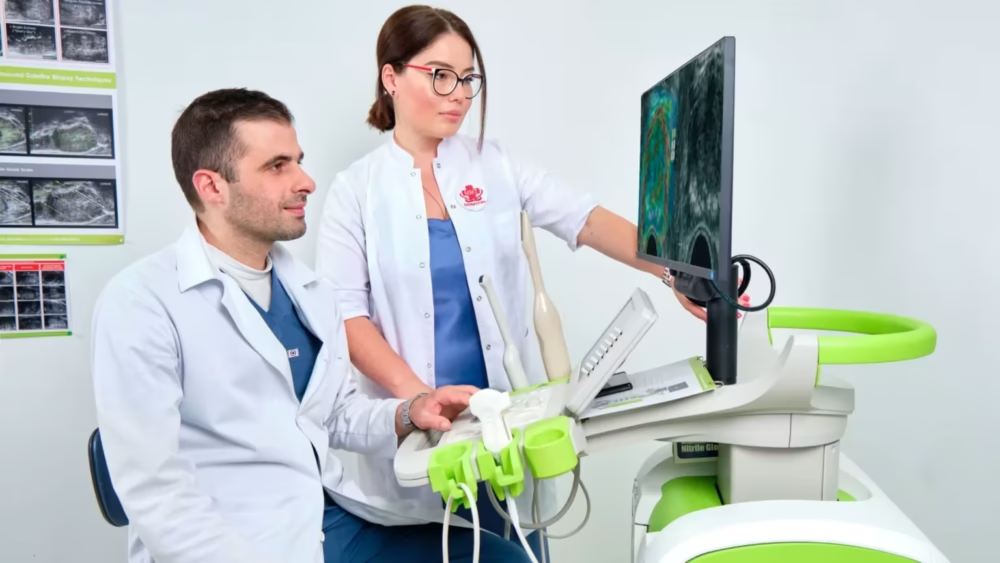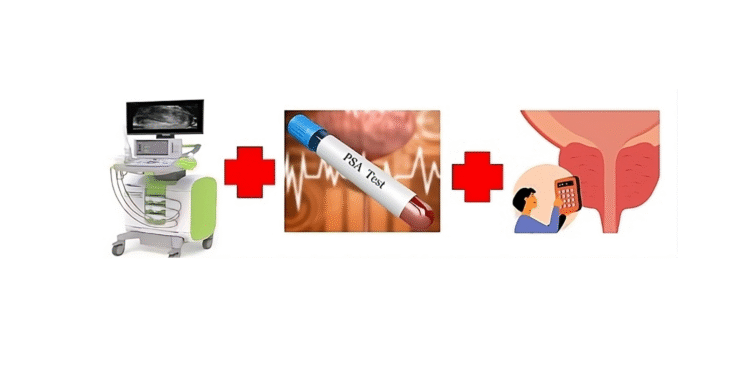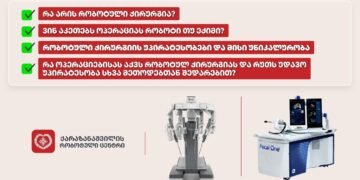Prostate cancer is the most common malignant tumor after skin cancer. It is a major public health issue; therefore, many countries have developed prostate cancer screening and early diagnosis programs. According to the initiative of the European Commission, by 2025, 90% of the male population in Europe will undergo prostate cancer screening.
In this regard, we have developed and introduced a prostate cancer screening and early diagnosis protocol in Georgia’s leading cities. This protocol ensures highly technological, precise, and affordable prostate cancer screening for Georgian men. Traditional prostate-specific antigen (PSA) blood testing as a method of prostate cancer screening is now obsolete.
Why is PSA-based screening no longer used?
 Traditional prostate cancer screening relied only on a single test — the determination of PSA levels in blood. However, PSA testing is not accurate, as PSA levels can be within the “normal range” even when advanced prostate cancer is present, or PSA levels may be elevated when no prostate cancer is present.
Traditional prostate cancer screening relied only on a single test — the determination of PSA levels in blood. However, PSA testing is not accurate, as PSA levels can be within the “normal range” even when advanced prostate cancer is present, or PSA levels may be elevated when no prostate cancer is present.
The prostate cancer screening and early diagnosis protocol developed by MMT Hospital is based on the latest global technological and scientific advances and includes 3 tests instead of 1:
What tests are included in Kharazishvili Robotic Center’s protocol for prostate cancer screening and early diagnosis?
-
PSA (prostate-specific antigen) blood test
-
PSA density calculation (PSA level relative to prostate volume)
What is microultrasound 29 MHz?
Microultrasound 29 MHz is an advanced ultrasound technique that works like a “magnifying glass.” Developed just a few years ago, it is currently used exclusively for diagnosing prostate diseases. Microultrasound 29 MHz allows digital assessment of prostate cancer risk using the 5-grade PRI-MUS scoring system.
Advantages of microultrasound 29 MHz compared to conventional ultrasound
Microultrasound 29 MHz enables visualization of the smallest prostate structures such as capillaries and glandular ducts. It provides 300% higher resolution than traditional ultrasound.
Advantages of microultrasound 29 MHz compared to prostate MRI
Prostate MRI is also used for screening and early diagnosis, but compared to microultrasound 29 MHz, it is at least twice as expensive. Meanwhile, their accuracy in detecting prostate cancer is approximately equal.
Microultrasound takes about 10 minutes, with no contraindications or complications. Prostate MRI, on the other hand, takes 60–90 minutes and has several limitations and potential complications.
Kharazishvili Robotic Center recommendations for interpreting prostate cancer screening and early diagnosis results
-
If microultrasound result is PRI-MUS 1–2 and PSA < 4 ng/ml: probability of prostate cancer is almost 0%. Prostate biopsy (transrectal, transperineal, targeted, or fusion) is not recommended.
-
If microultrasound result is PRI-MUS 1–2 and PSA 4–10 ng/ml: probability of clinically significant prostate cancer is 4%. Recommended: repeat test in 6 months or consult a urologist regarding biopsy.
-
If microultrasound result is PRI-MUS 3 and PSA density > 0.1: probability of clinically significant prostate cancer is 4.32%. Recommended: repeat test in 6 months or consult a urologist regarding biopsy.
-
If microultrasound result is PRI-MUS 4–5, regardless of PSA levels: probability of clinically significant prostate cancer is over 40%. Recommended: transrectal or transperineal targeted or fusion prostate biopsy.
For inquiries, please contact our hotline: 0322 234023
Website: https://mmt.ge/contact/







